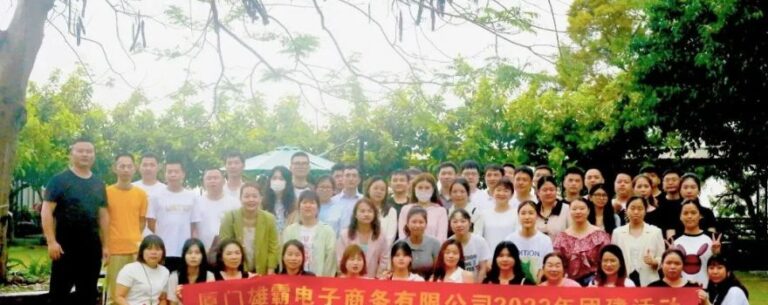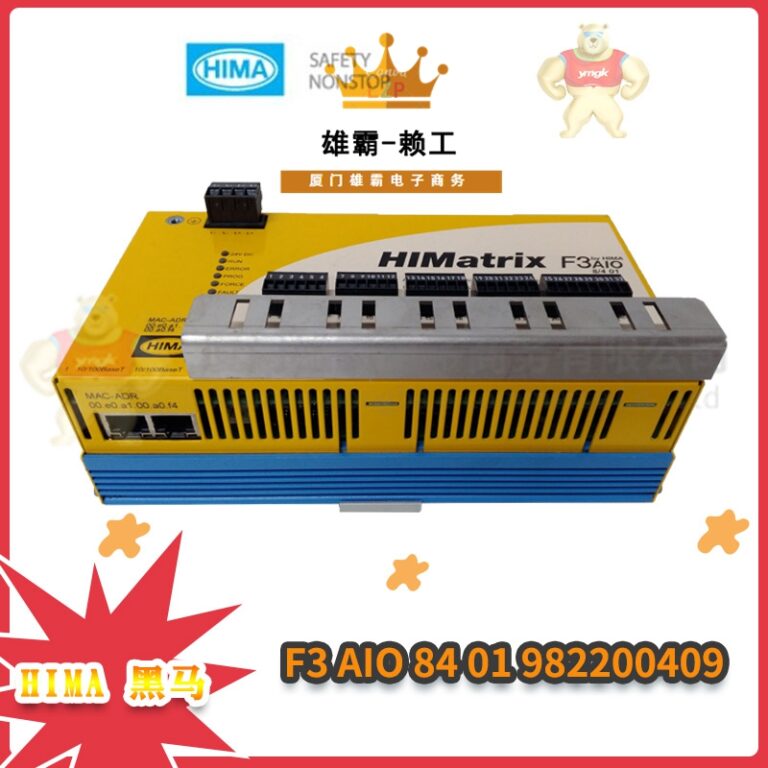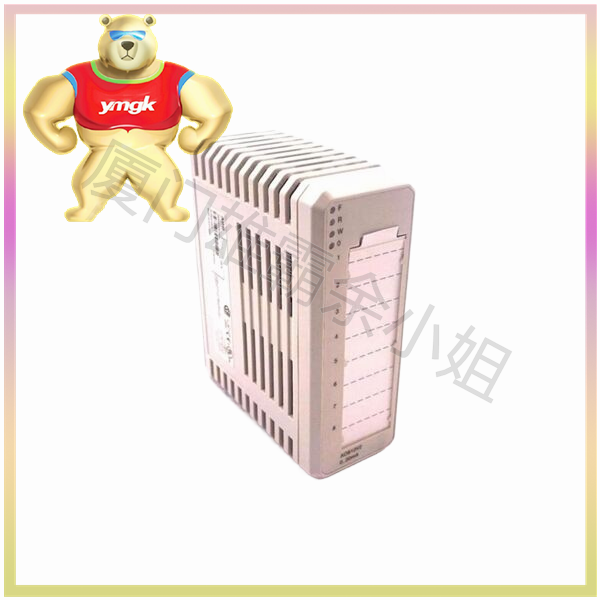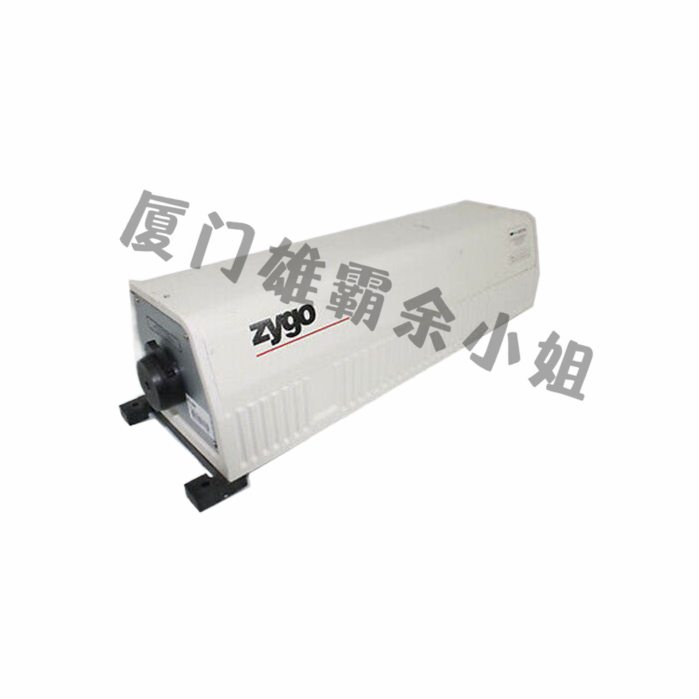Frequency converter is a type of power regulator used to control motor speed, widely used in many industries such as manufacturing, water pumps, fans, rolling shutter doors, etc.
Its working principle is mainly to convert fixed frequency AC power into adjustable frequency and voltage, and control the output speed of the motor by changing the input voltage or frequency. Among them, the frequency converter first rectifies the input voltage into direct current, and then converts the direct current into adjustable frequency alternating current through PWM technology, and controls the amplitude and frequency of the output voltage.
Specifically, the internal components of a frequency converter include a rectifier circuit, an intermediate circuit, and an inverter circuit. Among them, the rectifier circuit converts the input AC power into DC power, the intermediate circuit is the part that stores electrical energy, and the inverter circuit converts the electrical energy of the intermediate circuit into controllable AC power. After passing through the output filter, it is finally delivered to the motor to achieve speed control of the motor.
In short, frequency converters control the speed of motors by controlling the frequency and voltage of alternating current, and are widely used in industrial fields to reduce energy consumption and improve equipment efficiency.
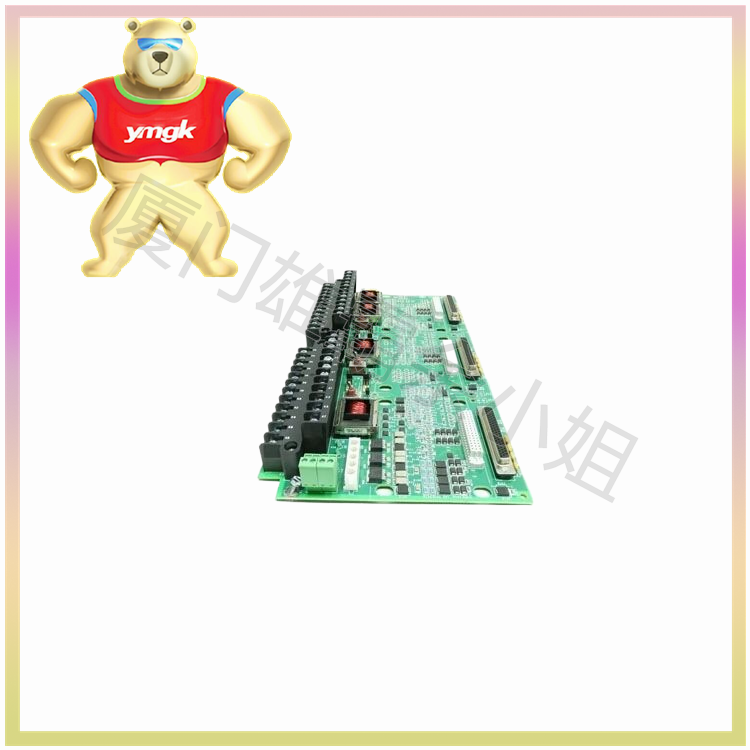
Types of frequency converters
Frequency converters can be classified into many types according to different classification methods, and the following are some of them:
- Classified by power level: low-voltage frequency converter, medium voltage frequency converter, high-voltage frequency converter.
- Classified by control mode: V/F control (voltage frequency control), vector control, direct torque control, model predictive control, etc.
- Classified by application: general frequency converter, dedicated frequency converter (such as fan frequency converter, water pump frequency converter, winding frequency converter, injection molding machine frequency converter, etc.).
- Classified by topology: single-stage frequency converter, two-stage frequency converter, multi-stage frequency converter.
- Classified by output type: three-phase AC frequency converter, DC frequency converter, single-phase AC frequency converter, stepper motor controller, etc.
- Classified by control objects: electric motor frequency converter, variable frequency air conditioner, etc.
- Classified by input type: single-phase AC, three-phase AC, high-voltage DC, etc.
Control method of frequency converter
The control methods of frequency converters mainly include the following:
- Vector control: Control the motor speed by controlling the current and position information of the motor.
- V/F control: Control the output voltage and frequency of the frequency converter based on the load and operating speed of the motor, so that the motor operates within a stable speed range.
- Torque control: Control the output torque of the frequency converter according to the load situation of the motor, so that the motor can operate stably.
- PID control: By implementing PID control on the motor’s operating status, the motor can achieve precise speed and torque requirements.
- PWM control: Adjust the PWM waveform of the frequency converter as needed to achieve precise control of motor speed and torque.
These control methods can be flexibly combined and applied according to different application scenarios and requirements to meet different industrial and commercial needs.

